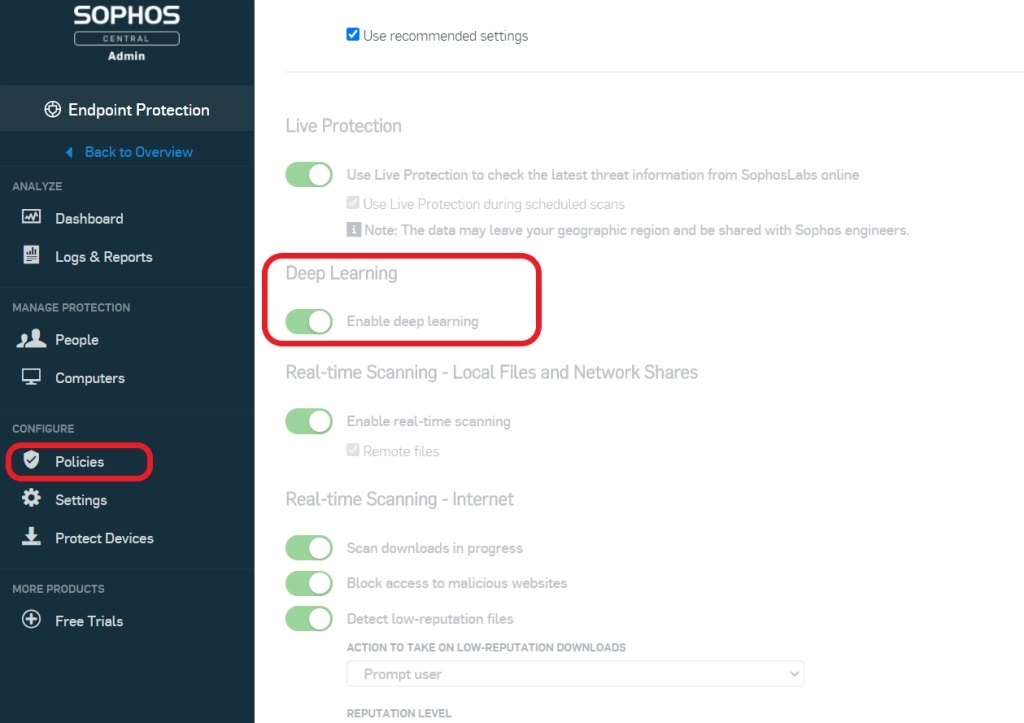Sophos. Stop ProLock ransomware with three layers of protection from Intercept X
ProLock ransomware emerged on the threat scene in March, a retooled and rebranded version of PwndLocker.
As SophosLabs reveals in its detailed analysis, while ProLock ransomware gives you the first eight kilobytes of decryption for free, it can still cause significant business disruption and economic damage.
Protect against ProLock with Sophos Intercept X
Intercept X gives you multiple layers of protection against ProLock, keeping the data on your endpoints and servers safe:
- CryptoGuard identifies and rolls back the unauthorized encryption of files. In fact, Sophos first detected ProLock when CryptoGuard caught it on a customer network
- Deep learning identifies and blocks ProLock without signatures
- Signatures block variants of ProLock either as Troj/Agent-BEKP or Malware/Generic-S
If you’re running Sophos Intercept X you can relax knowing that you are automatically protected against ProLock, as all three of the above features are enabled by default in our recommended settings.
(If you’re not yet running Intercept X and want to give it a try, visit the web page to learn more and start a no-obligation free trial.)
To check that you have CryptoGuard and Deep Learning enabled:
- Open your Sophos Central Admin console and select Endpoint Protection in the left-hand menu
- Select Policies
- Review the list of threat protection policies already created
- Toggle the buttons to make any necessary changes

Endpoint protection and firewall best practices to block ransomware
51% of IT managers surveyed for our recent State of Ransomware 2020 report said their organization was hit by ransomware last year, and that cybercriminals succeeded in encrypting data in 73% of incidents.
With stats like these it’s worth taking the time to ensure all your ransomware defenses are up-to-date.
The earliest detection of ProLock by Sophos was traced to a compromised server, most likely through an exploit of a Remote Desktop Protocol (RDP).
Putting RDP access behind a virtual private network and using multi-factor authentication for remote access are just a couple of the best practices we recommend to reduce your ransomware risk.
For additional best practices, take a look at our guides Endpoint Protection Best Practices to Block Ransomware and Firewall Best Practices to Block Ransomware.

